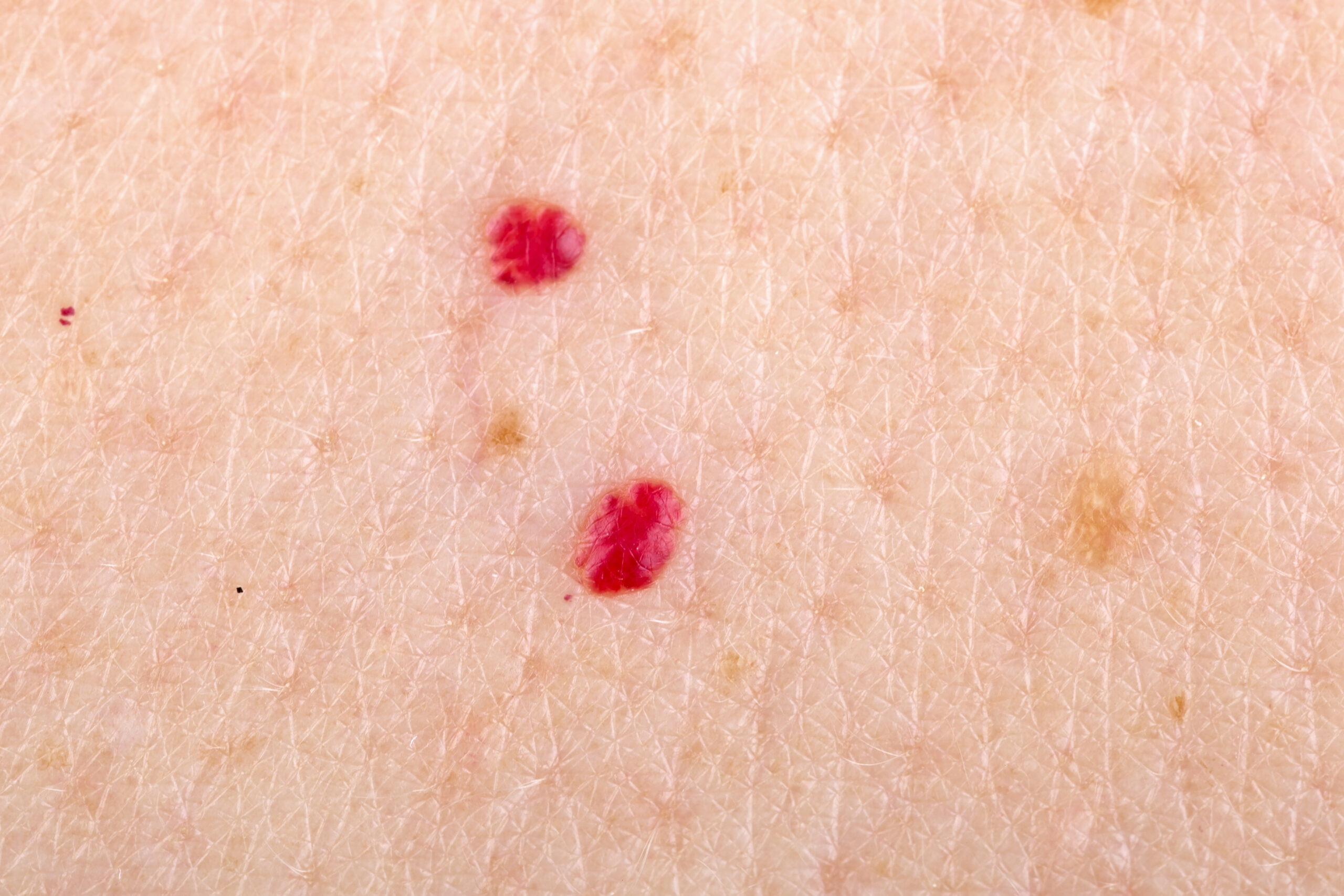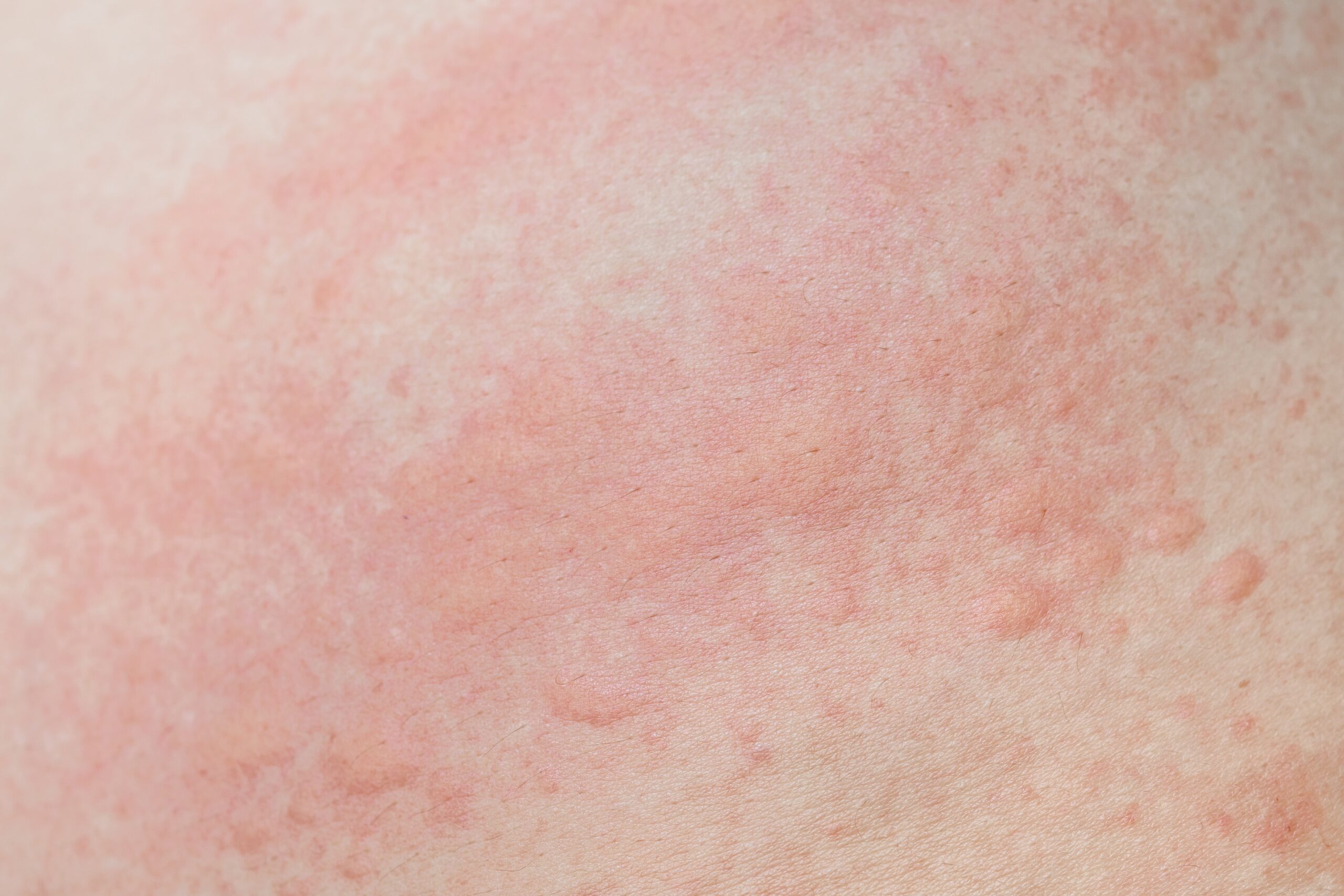If you spot these red dots on your skin, here’s what they mean. Understanding the significance of these marks is crucial for maintaining skin health and overall well-being.
What are red dots on the skin?
Red dots on the skin, also known as petechiae or cherry angiomas, can indicate various underlying conditions or reactions within the body. These tiny, flat spots may appear individually or in clusters and can vary in size.
Importance of identifying red dots on the skin
Recognizing red dots on the skin is essential as they can sometimes signify an underlying health issue that requires attention. Prompt identification and proper diagnosis can lead to timely intervention and treatment.
Causes of Red Dots on the Skin
Common causes
Red dots on the skin can be caused by factors such as:
- Allergic reactions
- Insect bites
- Skin infections
- Trauma or injury
Less common causes
Less common causes of red dots on the skin include:
- Blood disorders
- Autoimmune diseases
- Medication side effects
- Nutritional deficiencies
Symptoms and Characteristics
Appearance and texture
Red dots on the skin typically appear as small, pinpoint spots that may be red, purple, or brown in color. They often have a flat or slightly raised texture.
Associated sensations
In some cases, red dots on the skin may be accompanied by itching, pain, or tenderness, especially if they are the result of an allergic reaction or inflammation.
Changes over time
Monitoring any changes in the size, color, or distribution of red dots on the skin is important. Rapid changes or the development of additional symptoms should prompt further medical evaluation.
Diagnosis and Medical Assessment
Self-assessment techniques
While self-assessment can help identify red dots on the skin, it is essential to consult a healthcare professional for a thorough evaluation and diagnosis.
When to seek professional help
Seek medical attention if you notice:
- Persistent or worsening red dots on the skin
- Unexplained bruising or bleeding
- Other concerning symptoms such as fever or fatigue
Diagnostic tests and procedures
Medical professionals may perform various tests, including blood tests, skin biopsies, or imaging studies, to determine the underlying cause of red dots on the skin.
Treatment and Management
Home remedies and self-care
For mild cases, home remedies such as cold compresses or over-the-counter antihistamines may help alleviate symptoms associated with red dots on the skin.
Medical treatments
Depending on the underlying cause, medical treatments for red dots on the skin may include topical medications, oral antibiotics, or laser therapy.
Lifestyle adjustments
Making lifestyle changes such as avoiding known allergens, maintaining good hygiene practices, and protecting the skin from trauma or injury can help prevent the recurrence of red dots.
Prevention Strategies
Tips for preventing red dots on the skin
To minimize the risk of developing red dots on the skin, consider:
- Avoiding excessive sun exposure
- Using sunscreen regularly
- Maintaining a healthy diet rich in vitamins and nutrients
- Managing stress levels effectively
Importance of regular skin checks
Regular self-examinations and annual skin checks by a dermatologist are essential for early detection and treatment of any skin abnormalities, including red dots.
These are seen as small, raised, bright red bumps, and come from an overgrowth of blood vessels. Cherry angiomas are completely harmless in the main, and are often more common as we age.

Heat Rash
Cellulitis
A bacterial skin infection that produces redness and skin swelling that feels warm to the touch. Cellulitis often requires medical attention and treatment via a course of antibiotics.
Impetigo
A contagious bacterial infection that is often easily spread between children. Impetigo is characterized by red sores that open, ooze fluid, and later form a crust.

Vasculitis
A condition involving inflammation of blood vessels. Vasculitis causes red dots to appear on the skin and can be linked to autoimmune disorders or infections.


